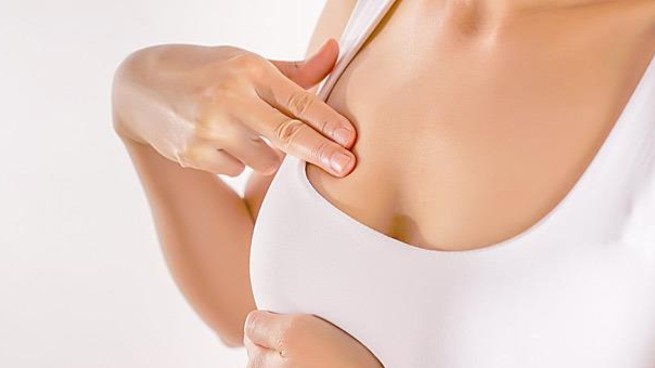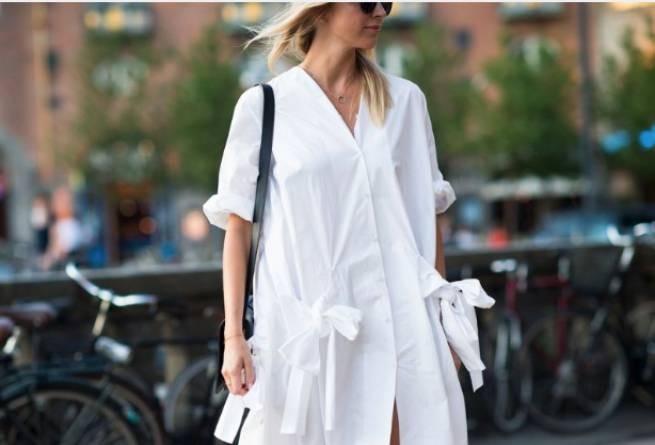The thermometer in Greece has long been confidently holding above 28°C. The coming week promises to be very hot, meteorologists promise above 40°C. How to dress in the heat? On the basic principles of summer wardrobe further.
fabric requirements
For summer clothes, fabrics are selected that must meet the main requirements: let air through so that the body “breathes”, quickly absorb moisture and contribute to its slow evaporation. Traditionally, from natural fabrics, flax, silk and cotton are the most comfortable in the heat. However, all, unfortunately, have their drawbacks:
- pleasant and delicate silk is not affordable for everyone, and caring for natural silk products is quite difficult;
- “Breathable” linen quickly absorbs moisture, but inexpensive products from it can unpleasantly surprise you with “harsh pricklyness”. Linen shrinks when washed and quickly wrinkled, which also does not contribute to comfort;
- cotton is unpretentious, is part of many fabrics, but is inferior in characteristics to silk and linen.
So what to choose? Stylists recommend paying due attention to viscose if you choose among synthetic fabrics. This is an artificial material, but made from natural, cellulose, so do not rush to abandon products when you notice viscose in the composition. This is the general name for fabrics made from treated wood. For example, modal is a viscose fabric made of beech, pine or eucalyptus, lyocell is completely made of eucalyptus. Only in acetate, another kind of viscose fabric, is it hot in summer. Viscose “breathes” much better than natural cotton, perfectly absorbs moisture and does not shed. But there are also disadvantages – it lacks elasticity, so 5% elastane is often added to the composition of viscose items.
The staples are very comfortable for the summer heat. The fabric consists of cotton and viscose (sometimes with a small addition of lavsan). The material is light, hygroscopic, does not fade in the sun, so you should pay attention to products made from it.
Color – the insidiousness of white and the inadmissibility of black
The darker the clothing, the more it absorbs the sun’s rays and reflects them less. It seems that everyone knows about this and prefers white in the summer heat. But be careful: white things in the heat can be deceitful and let you down: the slightest spots stand out on them – from food, grass, sweat. White clothes are great for short walks, but not recommended for active and long walks. Experts advise to pay attention to the pastel range of shades.
Avoid tight clothes
Even natural materials can create a “greenhouse effect” if clothes made from them fit snugly against the body. One of the consequences is itchy dermatitis. Loose clothing promotes air circulation and cools the body in a light breeze.
Pay attention to an important tip and try it: instead of short shorts, miniskirts and tops, choose light, loose clothing that will cover your neck, shoulders and legs (at least to the knees). You will not only feel better in the heat, you will also do an invaluable service to your skin by protecting it from the aggression of UV rays and maintaining its elasticity. If this style does not suit you, try at least not to forget about sunscreen.
Choosing shoes and hats
In the summer heat, the legs should be comfortable and not hot, it is better to refuse heels altogether or limit their height to 4 cm. Shoes are ideal – with cork soles with open areas on top. Closed shoes require socks (choose cotton or linen), and when choosing sneakers or sneakers, pay attention to the top – it should be fabric.
Panama, hat, cap or bandana are good not only on the beach, but just on a hot day. They will help to avoid heat stroke and protect hair from brittleness and excessive dryness – the result of prolonged exposure to sunlight.
Especially for men – it is better to see once and, if possible, heed the advice:







More Stories
The Holy Fire will arrive at Athens airport at 19:00
Be careful: no one is safe from a black widow bite (video)
Study: Women live longer, but also suffer more health problems than men